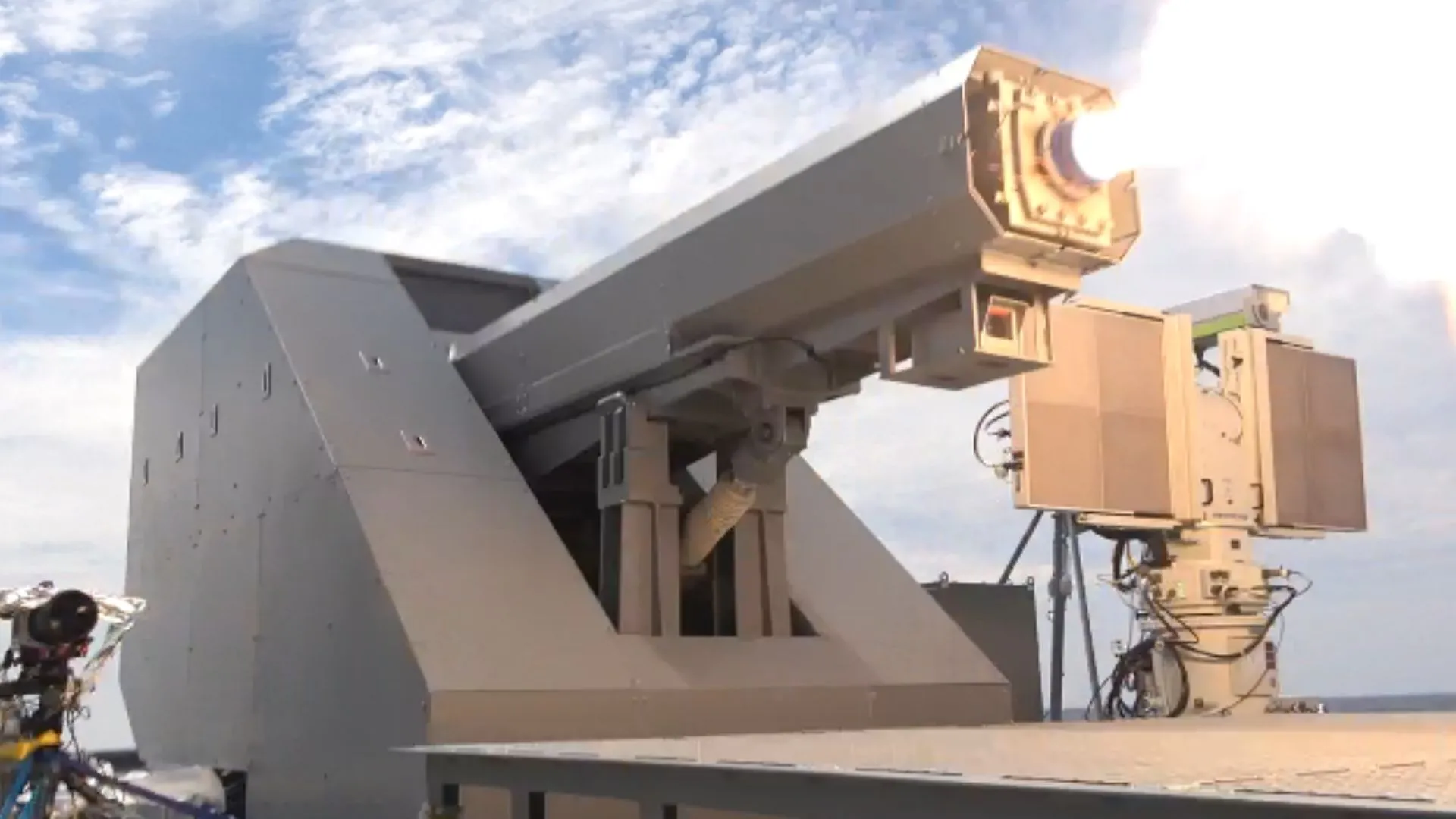Copyright Interesting Engineering

China has signaled plans for a next-generation, nuclear-powered aircraft carrier capable of deploying high-energy laser weapons and electromagnetic rail guns, a technology the United States once pursued but abandoned after years of costly development. During a program aired Sunday by state broadcaster CCTV, Liang Fang, a military commentator and professor at China’s National Defence University, said the future carrier could be equipped with “more advanced defensive weapons, such as [a] high-energy laser weapon and electromagnetic rail gun.” China’s rail gun for nuclear carriers An electromagnetic rail gun uses magnetic force, rather than gunpowder, to fire metal projectiles at extreme velocities, according to the South China Morning Post. By generating a powerful magnetic field, the weapon accelerates a conductive projectile along twin rails to hypersonic speeds. The system promises higher muzzle velocity, greater range, and reduced firing noise, though it requires enormous amounts of electrical energy. Liang’s comments echo earlier plans laid out by Rear Admiral Ma Weiming, one of China’s leading naval scientists and a central figure in the People’s Liberation Army’s (PLA) electromagnetic technology program. In a 2023 paper, Ma described a nuclear-powered “supership” designed to integrate electromagnetic rail guns, coil guns, and laser weapons within a unified electrical power grid. “It will completely overturn the combat formation of naval fleets that has been in place for over a hundred years,” Ma wrote, suggesting such a ship would merge propulsion, power generation, and weapons systems into one advanced electrical architecture. If realized, the new Chinese carrier would represent a leap beyond the conventionally powered Fujian, China’s third and most advanced carrier now undergoing sea trials. A nuclear power plant could provide the continuous electrical output required to operate rail guns and directed-energy systems, as well as next-generation aircraft and electronic warfare suites. Lost dreams for the US Navy The US Navy once saw similar promise in electromagnetic weapons. It spent more than $500 million developing a rail gun that could hurl metal slugs at speeds exceeding Mach 6. But the effort was halted in 2022 after a US Congressional Research Service report confirmed funding had been withdrawn. Analysts cited prohibitive power demands, the rapid erosion of the gun’s firing rails, and logistical hurdles in fielding the weapon at sea as reasons due to which the program was shelved. In contrast, China’s military appears to be positioning itself to overcome those challenges through nuclear propulsion and advanced electrical systems. According to Liang, the planned carrier would not only carry futuristic weapons but also host an entirely new generation of aircraft. “The sixth-generation carrier-based aircraft are expected to be deployed on the nuclear-powered carrier, featuring higher maneuverability, faster flight speeds, and enhanced sensing capabilities,” she said on CCTV. Liang added that uncrewed carrier-based aircraft would form a larger share of the future carrier’s air wing, signaling Beijing’s ambition to integrate artificial intelligence and autonomous systems into frontline naval operations. China is developing a nuclear-powered supercarrier that could revolutionize naval warfare. This ship would have strong power generation, advanced electromagnetic weapons, and new aircraft. It aims to change how modern fleets operate at sea. Though a launch date hasn’t been announced, Chinese state media and military experts say this project is key to China’s long-term goal of challenging US naval power in the Indo-Pacific region.



